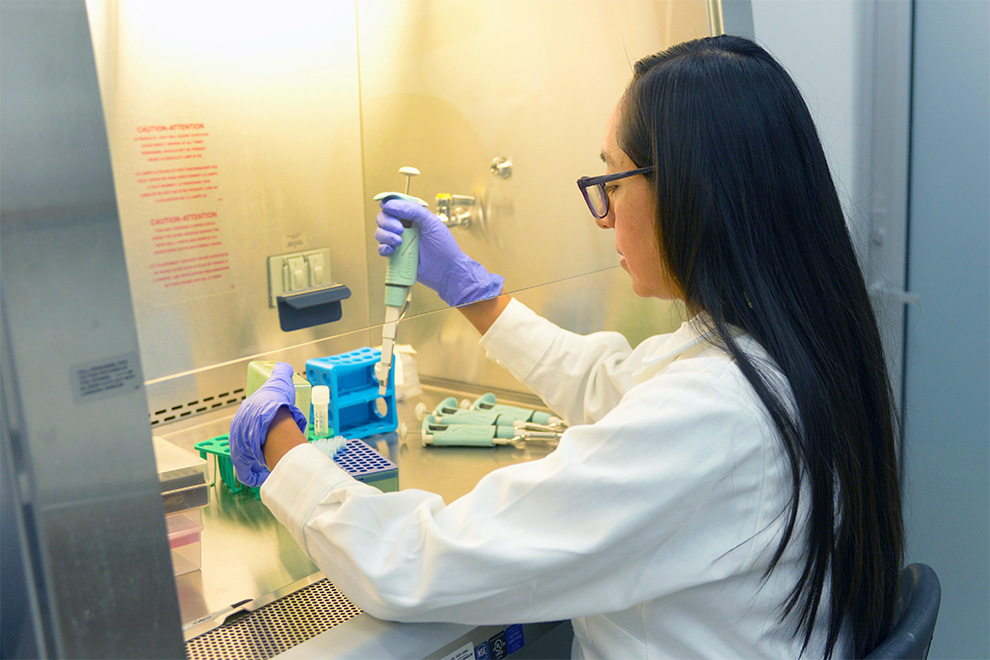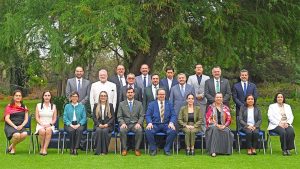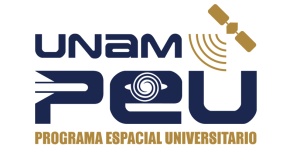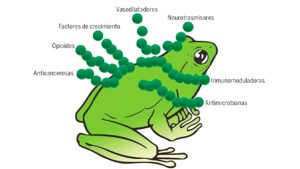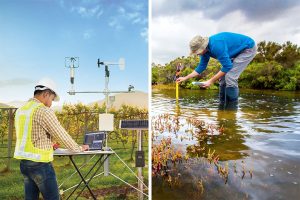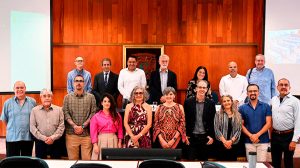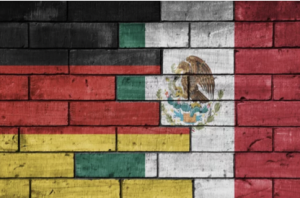UNAM opens its Genetic Editing and Cryopreservation Unit
UNAM has inaugurated the first Genetic Editing and Cryopreservation Unit (UEGC) at its Institute of Cellular Physiology, the first facility in Mexico and Central America.
Paula Licona Limón, lead scientist at the UEGC, explained that the unit will provide biomedical research laboratories with transgenic animal models, primarily mice. “Transgenic animal models are those whose genome has been edited according to the specific needs of the research lines pursued by a given user,” she stated.
The unit employs CRISPR/Cas9 technology called “molecular scissors.” The CRISPR/Cas9 system consists of two ribonucleic acid (RNA) strands that guide the tool to the precise DNA sequence needing modification, while the Cas9 protein performs the actual cut.
“Our goal is to establish a biobank alongside these genetically modified animals,” Licona Limón added. “This ensures that if a research facility experiences contamination or natural disasters like flooding, we can restore their specific transgenic mouse lines.”
The UEGC represents a significant advancement for biomedical research in the region, combining cutting-edge genetic editing with long-term preservation capabilities.
